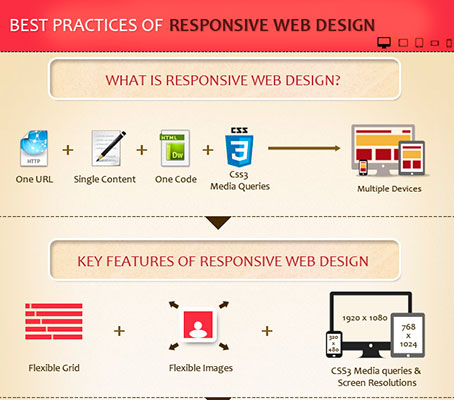Web Designs: Enhancing User Experience For Better Conversions
Web Designs: Enhancing User Experience For Better Conversions
Blog Article
Author-Refsgaard Henriksen
Have you ever before saw a site that took forever to load, had a confusing navigation system, or didn't present correctly on your mobile device? Chances are, you rapidly deserted that website and went on to one that supplied a much better customer experience.
In today's affordable online landscape, it's crucial for organizations to focus on website design that improves user experience in order to drive much better conversions. In this discussion, we will certainly discover the significance of responsive style, the utilization of user-friendly navigating, and the optimization of web page load speed to develop a seamless and engaging customer trip.
Keep tuned to find just how these components can dramatically affect your website's success.
Importance of Responsive Design
Responsive style is vital in today's digital landscape for creating websites that adapt seamlessly to various screen dimensions and tools. When your website is responsive, it immediately readjusts its design and web content to fit any kind of tool, whether it's a mobile phone, tablet computer, or desktop. This is crucial since an increasing number of individuals are accessing the internet through their mobile devices.
If your web site isn't responsive, it can result in an inadequate customer experience. Users might need to pinch and zoom to review content, buttons might be also little to click, and photos might not be enhanced for smaller screens. This can discourage individuals and bring about high bounce prices and reduced conversions.
Using Instinctive Navigation
When creating a responsive site, it is necessary to focus on making use of user-friendly navigation for an enhanced user experience.
User-friendly navigation refers to organizing your website's food selection and navigating aspects in a logical and user-friendly means. By doing so, read page make it less complicated for site visitors to find what they're trying to find and navigate via your web site effortlessly.
User-friendly navigating helps in reducing complication and frustration, inevitably bring about much better user interaction and raised conversions.
To accomplish hop over to here -friendly navigation, think about utilizing clear and descriptive tags for your menu things, executing a constant layout throughout all web pages, and integrating search performance for quick access to particular material. Additionally, it's critical to focus on important web pages and info, ensuring they're plainly shown and easily available.
Optimizing Web Page Lots Rate
To improve individual experience, it's important to enhance the web page load rate of your website. Slow-moving filling times can frustrate individuals and bring about greater bounce prices.
Luckily, there are numerous strategies you can execute to improve your web site's load rate. Firstly, consider lessening the size of your images by pressing them without jeopardizing quality.
In addition, enhance your code by decreasing unnecessary scripts and CSS files. Another effective method is to utilize web browser caching, which allows certain components of your web site to be kept locally, reducing tons times for returning site visitors.
In addition, consider using a material distribution network (CDN) to distribute your site's documents across multiple web servers, boosting load rate for users in various geographical areas.
Verdict
To conclude, by employing receptive layout, intuitive navigating, and enhancing page lots speed, website design can considerably boost user experience and drive far better conversions.
With an user-friendly interface, very easy navigation, and quick loading times, internet sites can record and preserve the attention of users, bring about enhanced involvement and higher conversion prices.
So, do not postpone in applying these website design strategies to make certain a smooth and effective customer experience!
